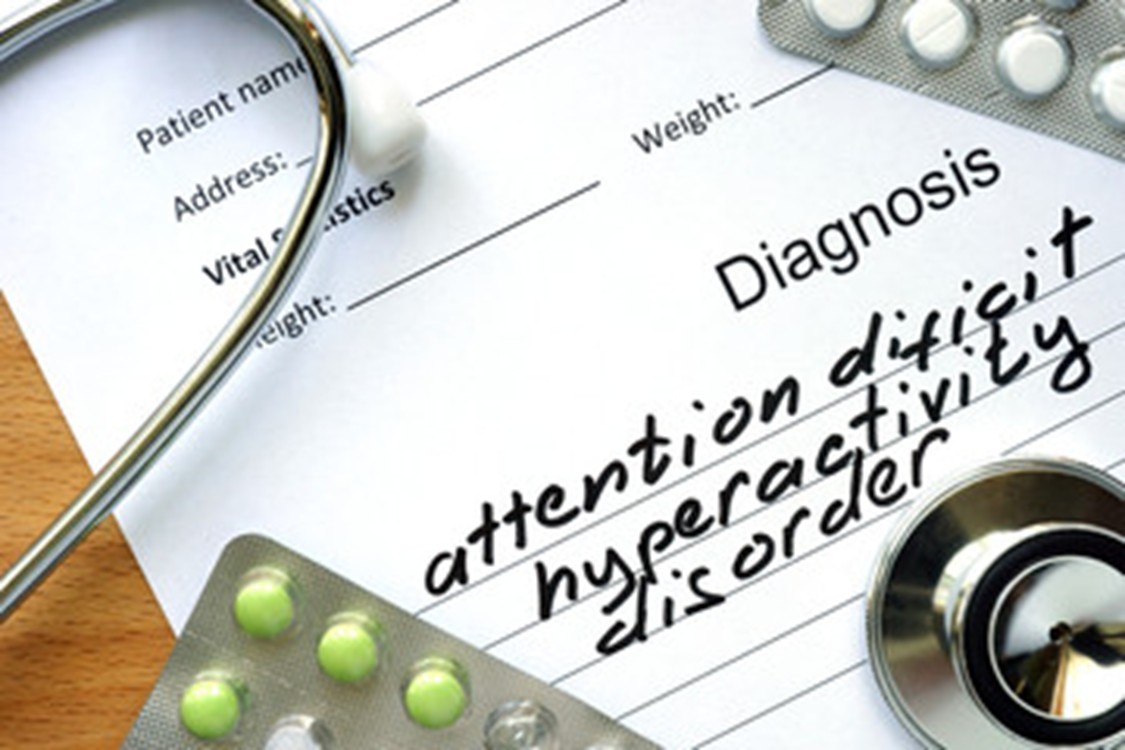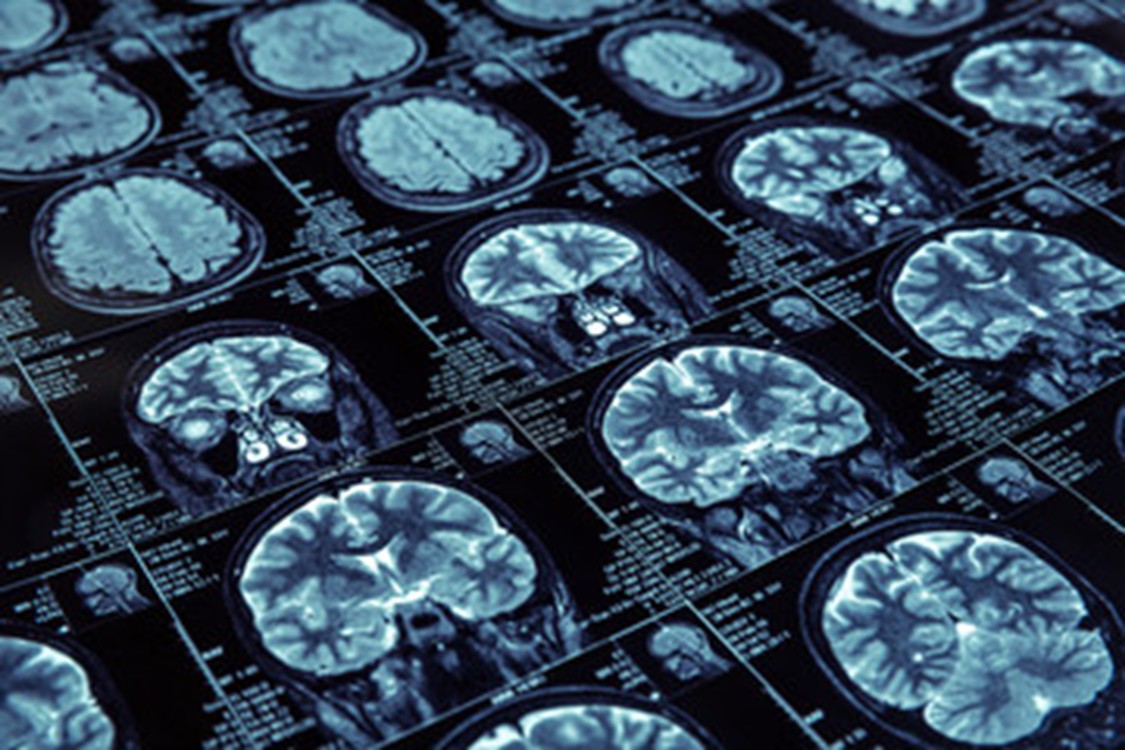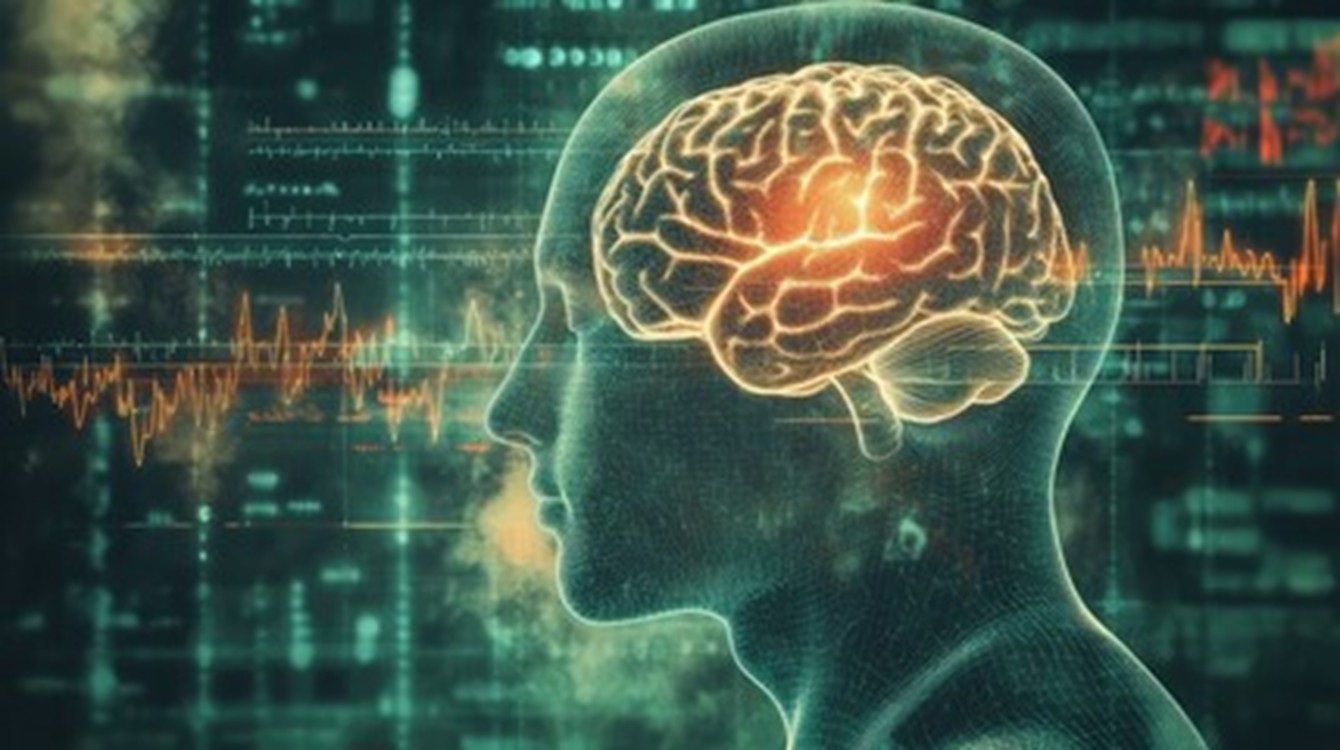What is ADHD?
ADHD (Attention Deficit Hyperactivity Disorder) is a neurodevelopmental condition linked to inattention, overactivity and impulsivity1.
After attending the workshop on sensing, I learned about how tools such as EEG can detect and monitor activity within the brain. I was intrigued about the uses of EEG sensing, especially its applications for the research of neurodevelopmental disorders. EEG senses alpha and beta waves which are linked to changes in focus within the brain. This made me curious about how something that seems so clearly identifiable is not currently being used to aid or complete an ADHD diagnosis. The diagnostic process is currently analytical of expressed symptoms rather than directly analysing the brain.
I was diagnosed with ADHD at age 18 and struggled with the length and self-analysis required for the process. The prospect of using sensing to analyse the brain with a more simple ‘clear cut’ answer based on science with a reduced time frame seems very intriguing. It has the potential to be more ethical by alleviating some of the stress of the process, benefitting society.

Scientific imaging of ADHD brains
After observing the brains in the organ tanks during the anatomy lab, I was curious about differences in brain structures of people with ADHD. One study used MRI scanning to compare 20 brains of people with ADHD and compared the structures to brains of people without ADHD. It was found that there were differences in brain volume of grey and white matter. A trend in reduced size of the amygdala was also found, which can be linked to trouble with emotional regulation, a major symptom of the disorder2. Safety concerns of MRI may make this form of diagnostics less ethical.

Alpha and beta waves – what do they mean?
EEG traces can identify alpha and beta waves. Alpha waves (8-13-2Hz) indicate relaxed awareness without attention while beta waves (12-30Hz) indicate active thinking and attention. EEG is safe and non-invasive which helps to reduce ethical concerns about safety of diagnosis3.

Conclusion
The discussion of applying pattern recognition to prosthetics, making me curious about applications of this process to ADHD. However, the nature of the disorder may complicate the process. This viewpoint is strengthened by a study stating variation found in their own neuroimaging could be due complexities in the disorder. Their finding meant that despite advancements in equipment, the disorder cannot always be directly interpreted due to its’ presentation, making it difficult to form a diagnosis2.
Despite this, the study then stated that researchers intend to use neuroimaging techniques that identify biomarkers as an ‘objective diagnostic tool for ADHD’2. A news article also seemed optimistic about the diagnostic opportunities new sensing technologies bring, click here to read.
Some people may be concerned about effects on their employment or dislike the sensing process as it may feel upsetting to detect differences in the brain. However, the disability discrimination act 1992 ensures that diagnosed patients cannot be discriminated against. Personally, I would find it easier to understand how ADHD makes me different. Sensing may help society to more accurately diagnose patients, improving healthcare and reducing legal action linked to misdiagnosis.
To conclude, I believe there are opportunities to improve diagnostics with sensing with more research and time.
References:
- Tripp G, Wickens JR. Neurobiology of ADHD. Neuropharmacology. 2009 Dec 1;57(7-8):579-89.
- Lim S, Yeo M, Yoon G. Comparison between concentration and immersion based on EEG analysis. Sensors. 2019 Apr 8;19(7):1669.
- Albajara Sáenz A, Villemonteix T, Massat I. Structural and functional neuroimaging in attention‐deficit/hyperactivity disorder. Developmental Medicine & Child Neurology. 2019 Apr;61(4):399-405

This is a good blog. It nicely demonstrates a good understanding of organ-on-a-chip technology and clearly explains its purpose and…
This is a good blog, very engaging with a good backgroud to 3D bioprinting. You could improve your blog with…
This is a good, very interesting blog about necrobotics. It explores the idea of necrobiotics which is fairly new approach…
This is a good blog. You introduce the reader to the topic of prosthetics and bionic limbs in a very…
This is a good blog introducing hernia mesh benefits and drawbacks. You create a narrative in this blog, which showcase…